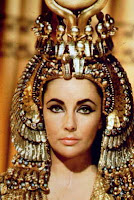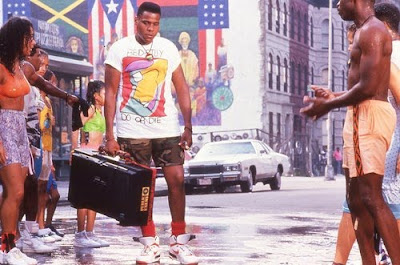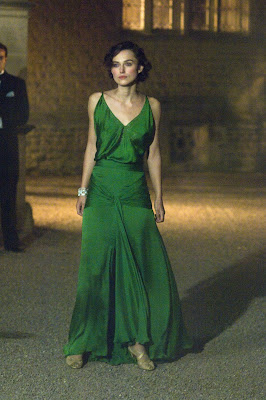The Significance for Costume Design

"In a millennium the old 'swords and sandals' epics will be seen as actual Roman films, dating from the Roman period, as true documentaries on antiquity… But this is already our civilization. It is already increasingly difficult for us to imagine the real..." -Jean Baurdillard , 1996, Screened Out What Baudrillard suggests is that film costumes have the power to influence not only contemporary society or fashion but also history. The significance for costume in fashion and power can be understood in three main ways: -the power of costume to influence society and history -the power of costume to influence fashion -the power of costume to function as art, where roles and conventional boundaries are tested Above Annie Hall, costumes by Ruth Morely, influenced the Manhattan bohemian chic of the 70's. Above, David Bailey and designer Mary Quant and below Blow Up based on the actual fashion scene in London but also built up the myth and power of the subculture. Abov






